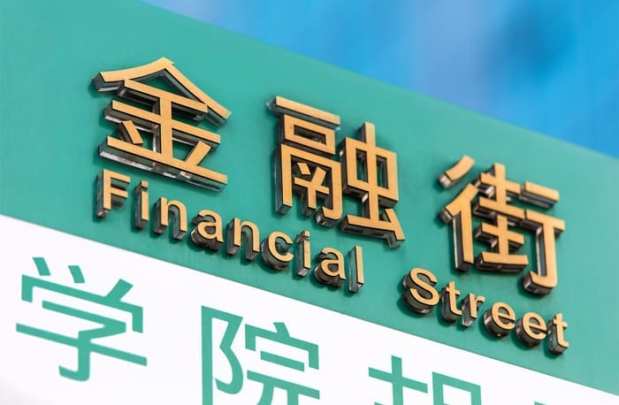China Ramps Up SMB Loans To Boost Economy

Chinese banks are easing loan requirements in an attempt to stimulate a stalled economy and fulfill the government’s goal to increase small business lending by 30 percent, the Financial Times reported on Sunday (Dec. 29).
Although loans in that sector can be dicey and are prone to higher defaults, Beijing is determined to boost China’s economy after gross domestic product (GDP) growth dropped to a 30-year low. Skeptics worry that making risky loans could have the opposite effect.
In the first 10 months of 2019, Chinese banks extended ¥2 trillion ($286 billion) in small business loans, a record-high, the China Banking and Insurance Regulatory Commission said earlier in December. Last year’s total loans were ¥1.7 trillion. Interest rates on small business loans dropped to 6.8 percent from 7.4 percent.
The Industrial and Commercial Bank of China (ICBC), China’s biggest bank by assets, reported a 48 percent increase in small business loans in the first 11 months of 2019. Small companies get a break on interest rates — as low as 3.9 percent interest instead of the standard 4.35 percent.
The non-performing loan ratio being reported by Chinese banks is 5.9 percent compared to 1.4 percent for loans made to larger businesses, according to the People’s Bank of China.
Small business lending is largely unprofitable, even if paid on time, said Ji Shaofeng, a former official at the China Banking and Insurance Regulatory Commission.
“The Chinese government is sacrificing banking profits to rescue small firms,” Ji told the news outlet.
In order to comply with Beijing’s lending goal, financial institutions have no choice but to support borrowers with a more precarious credit history. The increase in higher-risk loans, however, will likely lead to more non-performing loans, according to analysts.
“The current policy is making banks serve poorly managed firms,” said Ji. “It goes against market principles.”
Economic growth in China was at a near-30-year low in the third quarter as tariffs started to negatively affect factory production. The slowdown was worse than anticipated — GDP growth was the slowest it’s been since 1992, with the GDP increasing only 6.0 percent year on year.